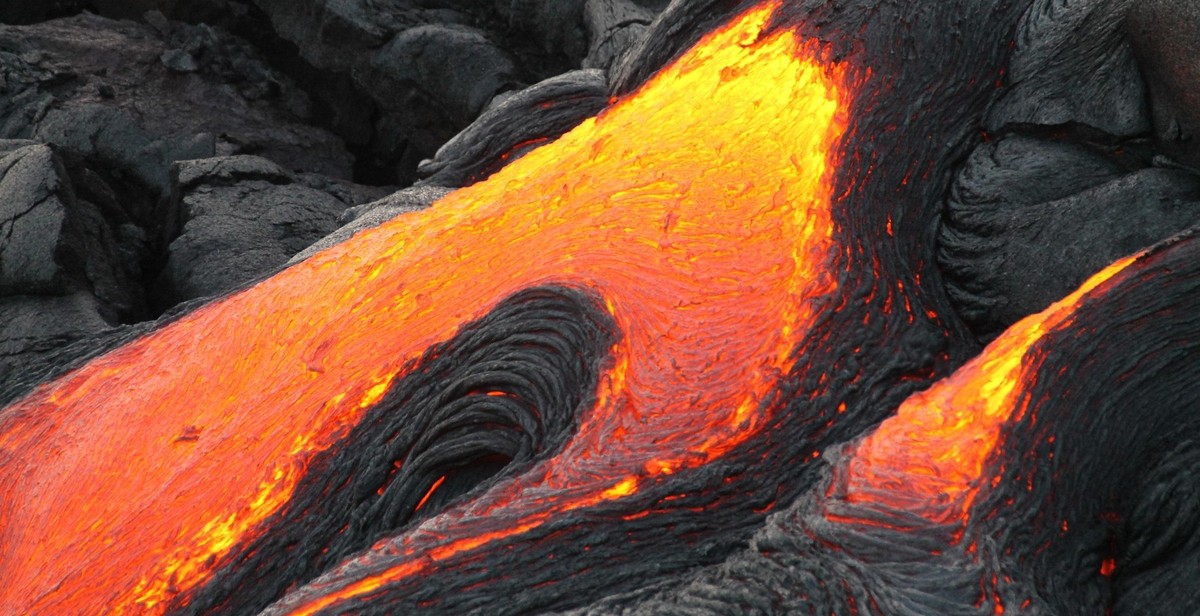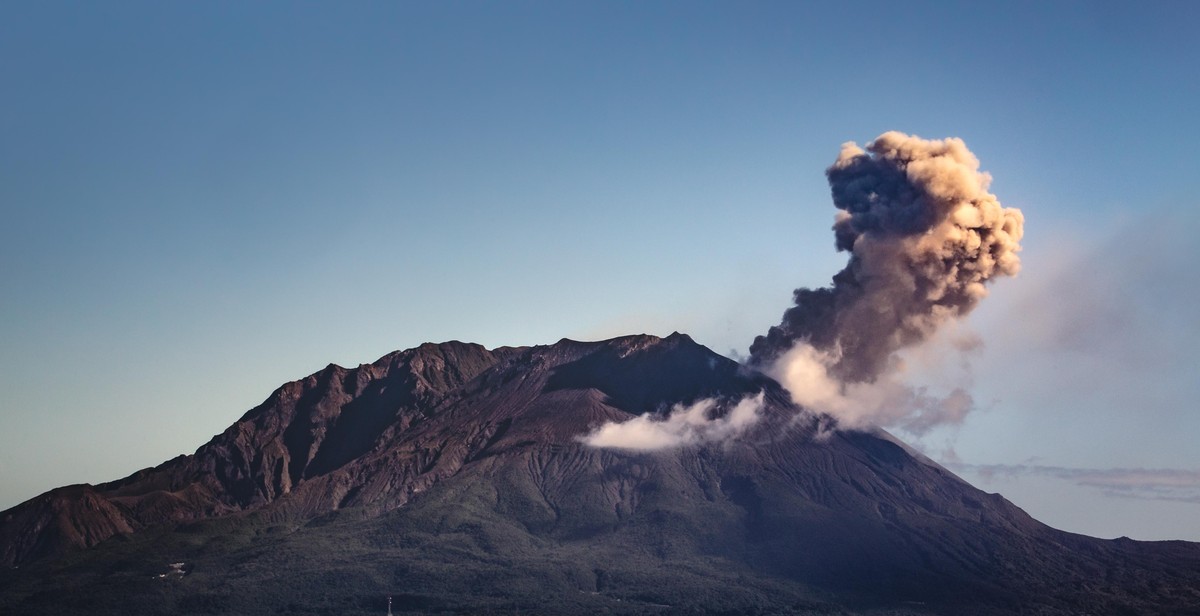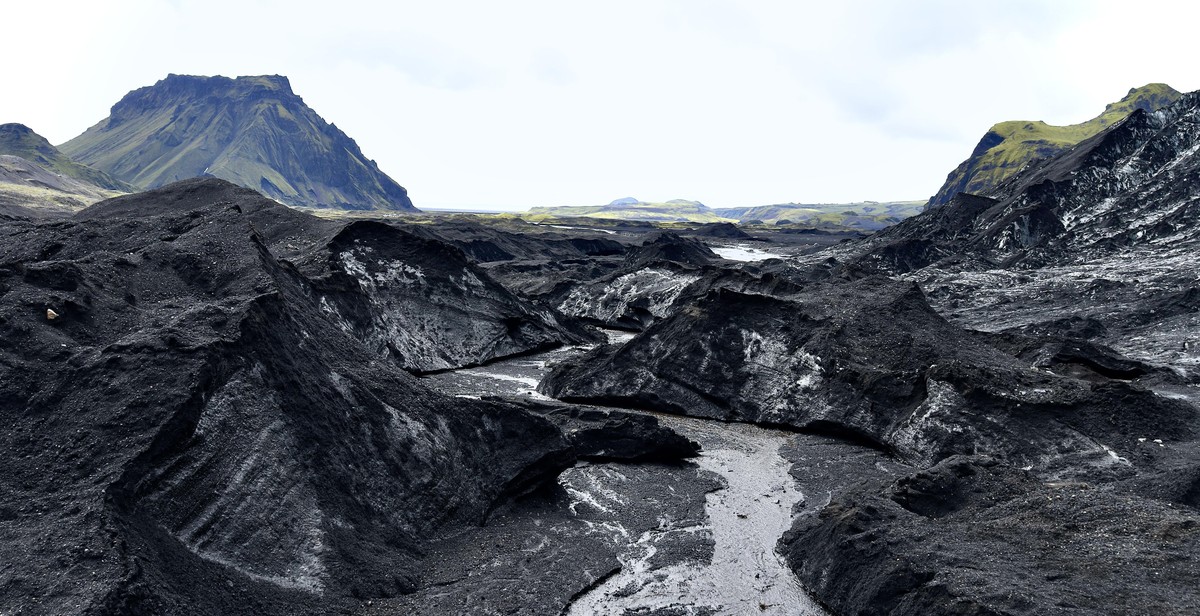How to Predict Volcanic Eruptions: Techniques and Models for Anticipating Volcanic Activity
As a professional article writer and content creator with years of experience, I have always been fascinated by the unpredictability of natural disasters, particularly volcanic eruptions. Volcanic eruptions are some of the most devastating natural disasters that can cause widespread destruction, loss of lives, and property damage. Therefore, predicting volcanic eruptions and anticipating volcanic activity is crucial in mitigating their impact on people and the environment.
In this article, I will explore the techniques and models used to predict volcanic eruptions. I will delve into the science behind volcanic eruptions, the various monitoring tools used by volcanologists, and the predictive models that help anticipate volcanic activity. I will also discuss the challenges and limitations of volcanic eruption prediction and the potential implications of inaccurate predictions.
Why Predicting Volcanic Eruptions is So Important
Volcanic eruptions can have devastating consequences on the environment and human life. They can cause widespread destruction, loss of lives, and property damage. Predicting volcanic eruptions is crucial in mitigating their impact and saving lives. Accurate predictions enable authorities to evacuate people in time, prepare emergency response plans, and implement measures to minimize damage. Therefore, understanding the techniques and models used to predict volcanic eruptions is essential for anyone interested in natural disasters and their impact on society.

Understanding Volcanic Eruptions
Volcanic eruptions are one of the most powerful natural phenomena on earth. They occur when molten rock, ash, and gas escape from the Earth’s crust. There are different types of volcanic eruptions, and each has its unique characteristics and causes.
Types of Volcanic Eruptions
The most common types of volcanic eruptions are:
- Strombolian Eruptions: These are mild and frequent eruptions that produce small lava bombs and ash clouds.
- Vulcanian Eruptions: These eruptions are moderate and produce ash clouds, pyroclastic flows, and lava domes.
- Plinian Eruptions: These are the most violent eruptions, producing massive ash clouds, pyroclastic flows, and lava flows.
- Phreatomagmatic Eruptions: These eruptions occur when magma interacts with water, producing steam and ash clouds.
Causes of Volcanic Eruptions
Volcanic eruptions are caused by the movement of magma and volcanic gases within the Earth’s crust. The movement of magma is influenced by various factors, including:
- Plate Tectonics: Volcanoes are often found near plate boundaries, where the movement of tectonic plates causes magma to rise to the surface.
- Hot Spots: Some volcanoes form over hot spots, where magma rises from deep within the Earth’s mantle.
- Volcanic Gases: The release of volcanic gases, such as carbon dioxide and sulfur dioxide, can trigger volcanic eruptions.
- Pressure: Increased pressure within the magma chamber can cause the magma to rise to the surface and trigger an eruption.
Understanding the causes and types of volcanic eruptions is essential in predicting volcanic activity and mitigating the potential hazards that come with it. Scientists use various techniques and models to predict volcanic eruptions, including seismic monitoring, gas measurements, and satellite imaging.

Techniques for Predicting Volcanic Eruptions
Predicting volcanic eruptions is a crucial part of volcanic hazard assessment and mitigation. Scientists use various techniques to anticipate volcanic activity and provide early warnings to the public. Some of the most common techniques include ground deformation monitoring, gas emission monitoring, and seismic activity monitoring.
Ground Deformation Monitoring
Ground deformation monitoring involves measuring changes in the shape, size, and elevation of a volcano. Scientists use various instruments such as GPS, satellite imagery, and tiltmeters to monitor ground deformation. By analyzing the data, they can determine if a volcano is inflating or deflating, which can indicate magma movement and potential eruption.
Gas Emission Monitoring
Gas emission monitoring involves measuring the type and amount of gas emitted by a volcano. Scientists use various techniques such as remote sensing, ground-based sensors, and aerial surveys to monitor gas emissions. By analyzing the data, they can determine if there is an increase in gas output, which can indicate volcanic activity and potential eruption.
Seismic Activity Monitoring
Seismic activity monitoring involves measuring and analyzing the seismic waves generated by a volcano. Scientists use various instruments such as seismometers and infrasound sensors to monitor seismic activity. By analyzing the data, they can determine if there is an increase in seismic activity, which can indicate magma movement and potential eruption.
Combining these techniques can provide a more comprehensive understanding of a volcano’s activity and potential eruption. For example, ground deformation monitoring can be used to detect magma movement, gas emission monitoring can be used to detect changes in gas output, and seismic activity monitoring can be used to detect earthquakes associated with magma movement.
| Technique | Advantages | Disadvantages |
|---|---|---|
| Ground Deformation Monitoring | Can detect slow and gradual changes in magma movement | Cannot detect rapid changes in activity |
| Gas Emission Monitoring | Can detect changes in gas output before other signs of activity | Difficult to distinguish between natural and human-made sources of gas |
| Seismic Activity Monitoring | Can detect earthquakes associated with magma movement | Cannot determine the exact location of magma movement |

Models for Volcanic Eruption Prediction
Predicting volcanic eruptions is an intricate task that requires a combination of different techniques and models. Two of the most commonly used models for volcanic eruption prediction are:
Probability Models
Probability models are one of the oldest and most widely used models in predicting volcanic eruptions. These models are based on the idea that past volcanic eruptions can help predict future ones. Probability models use historical data on volcanic eruptions to calculate the likelihood of future eruptions. This model considers different factors such as the frequency and magnitude of past eruptions, the seismic activity, and gas emissions to predict the likelihood of an eruption.
One of the most popular probability models used in volcanic eruption prediction is the Bayesian method. This method is based on the Bayes’ theorem, which calculates the probability of an event based on the prior knowledge of conditions related to the event.
Machine Learning Models
Machine learning models are becoming increasingly popular in predicting volcanic eruptions. These models use artificial intelligence algorithms to analyze data and make predictions. Machine learning models can analyze a vast amount of data, including seismic activity, gas emissions, and other volcanic parameters, to predict the likelihood of an eruption.
One of the most commonly used machine learning models in volcanic eruption prediction is the support vector machine (SVM). This model uses a set of training data to learn and make predictions based on different features related to volcanic activity.
| Models | Advantages | Disadvantages |
|---|---|---|
| Probability Models |
|
|
| Machine Learning Models |
|
|
Both probability models and machine learning models have their advantages and disadvantages. Therefore, it’s essential to use a combination of different models and techniques to improve the accuracy of volcanic eruption prediction.
Case Studies: Mount St. Helens and Eyjafjallajökull
Two of the most notable volcanic eruptions in recent history are Mount St. Helens in 1980 and Eyjafjallajökull in 2010. Both eruptions caused significant damage and disruption to their respective regions, highlighting the importance of accurate prediction and preparation for volcanic activity.
Mount St. Helens
The eruption of Mount St. Helens on May 18, 1980, was one of the most destructive volcanic events in the history of the United States. The eruption caused the death of 57 people and destroyed over 200 homes, as well as causing widespread damage to infrastructure and natural resources.
Scientists had been monitoring the volcano for several weeks prior to the eruption, using a variety of techniques including seismic monitoring, gas monitoring, and ground deformation measurements. These techniques allowed them to accurately predict the eruption and issue warnings to local residents, which undoubtedly saved many lives.
Following the eruption, scientists continued to study the volcano and develop new techniques for predicting future eruptions. Today, Mount St. Helens remains one of the most closely monitored volcanoes in the world.
Eyjafjallajökull
The eruption of Eyjafjallajökull in Iceland in 2010 caused widespread disruption to air travel across Europe, with thousands of flights cancelled due to the ash cloud produced by the eruption.
Scientists had been monitoring the volcano for several months prior to the eruption, using a combination of ground deformation measurements, seismic monitoring, and gas monitoring. This allowed them to accurately predict the eruption and issue warnings to local residents and authorities.
The eruption of Eyjafjallajökull highlighted the importance of accurate prediction and preparation for volcanic activity, particularly in the context of air travel. Since the eruption, scientists have continued to develop new techniques and models for predicting volcanic eruptions, with the aim of improving our ability to anticipate and mitigate the impacts of these events.
| Eruption | Date | Deaths | Damage | Monitoring Techniques |
|---|---|---|---|---|
| Mount St. Helens | May 18, 1980 | 57 | Over 200 homes destroyed, widespread damage to infrastructure and natural resources | Seismic monitoring, gas monitoring, ground deformation measurements |
| Eyjafjallajökull | April 14, 2010 | 0 | Widespread disruption to air travel across Europe | Ground deformation measurements, seismic monitoring, gas monitoring |

Conclusion
Volcanic eruptions can have a devastating impact on the environment and surrounding communities. Therefore, it is crucial to anticipate volcanic activity and take necessary precautions to minimize the damage. In this article, we have discussed various techniques and models for predicting volcanic eruptions.
Key Takeaways
- Volcanic eruptions can be predicted by monitoring various parameters such as seismic activity, gas emissions, and ground deformation.
- Various models such as statistical, physical, and machine learning models can be used for predicting volcanic eruptions.
- Combining multiple techniques and models can improve the accuracy of volcanic eruption predictions.
Future Directions
While significant progress has been made in the field of volcanic eruption prediction, there is still much room for improvement. Future research should focus on developing more accurate and reliable models for predicting volcanic activity. Additionally, more efforts should be made to improve the monitoring of volcanic parameters, especially in remote and inaccessible areas.
Final Thoughts
As someone who has witnessed the devastating impact of volcanic eruptions firsthand, I cannot stress enough the importance of anticipating volcanic activity. By implementing the techniques and models discussed in this article, we can minimize the damage caused by volcanic eruptions and save lives.
